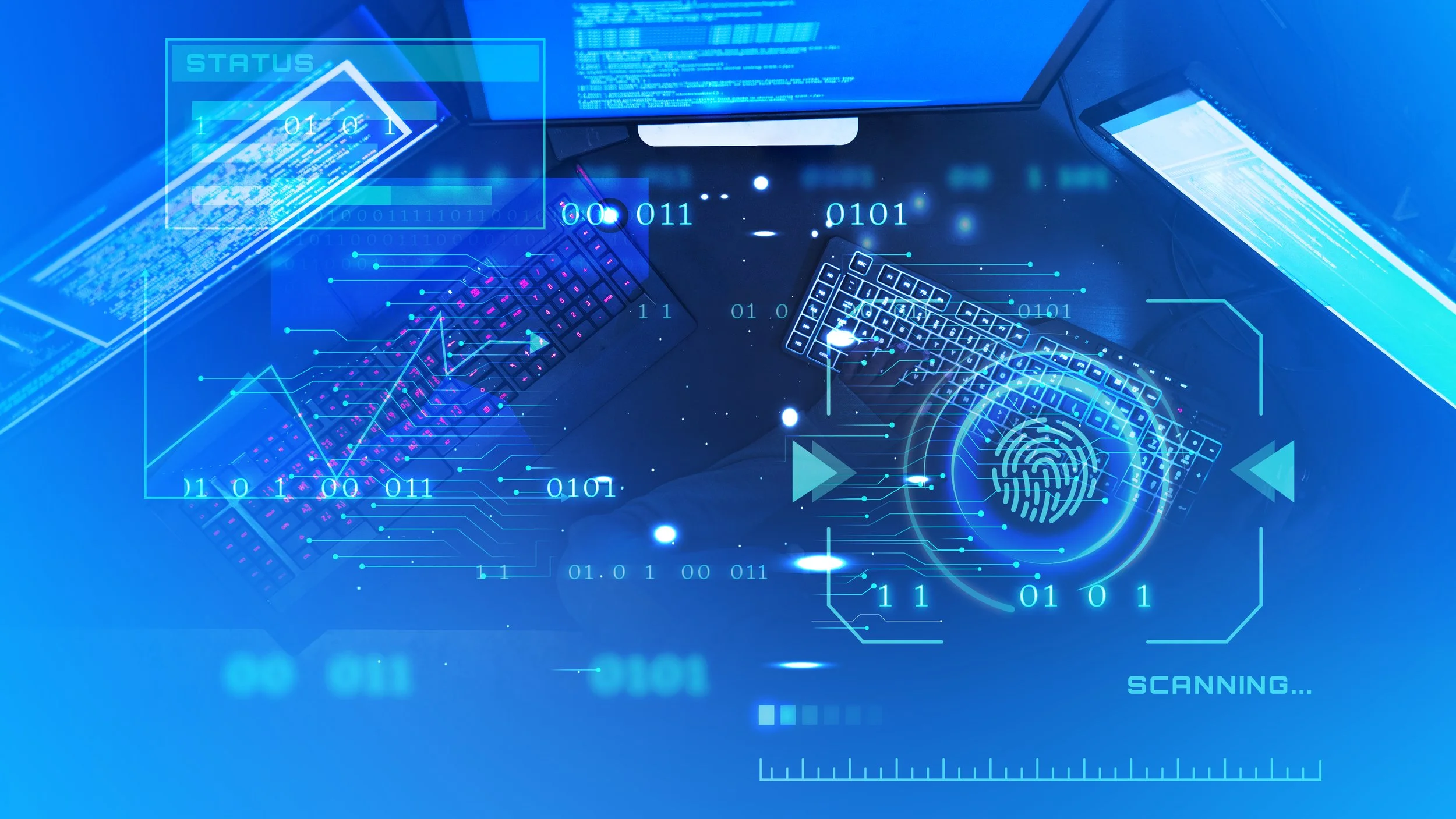
GPTs and Artifacts Explained

GPTs
are custom versions of ChatGPT that users can tailor for specific tasks or topics by combining instructions, knowledge, and capabilities. They can be as simple or as complex as needed. Once you set it up, it remembers its role and directions and behaves the same way every time you interact with it. GPTs can generate the same types of creative content as ChatGPT, including personalized writing styles, image generation and editing, reports, research, and web searches. You must be signed in to a paid account to use your GPT, which can be shared with other users or kept private, allowing you to have exclusive access.
GPTs can browse the internet, create images, work with files you upload, and even connect to other apps and websites through special connections. They're like a Swiss Army knife of AI tools all built into one assistant. The output of all GPT use is saved in the user’s chat history.
Artifacts
are created in a special Claude work-space that allows you to build an app, website, creative project, document, or even a game by just describing it. Claude builds it while you watch. Artifacts are better described as working prototypes: your idea, brought to life in Claude’s environment. Anyone can make one with a free account. Artifacts can be shared with anyone, but only as a link to the prototype in Claude, which requires a Claude account to access. You can build AI-powered apps that use Claude’s intelligence to generate creative content, answer questions, solve problems, play games, etc.
Both GPTs and Artifacts can be created, edited, and updated at any time using plain language.
No coding or technical knowledge required.
What Can They Do?
Artifacts are more focused on creating interactive tools that generate content that you can see and use. Create working versions of apps, websites, and customized creative projects. Artifacts can't reach out to the internet or save what it creates.
This information and comparison are based on features available as of August 2025. Both platforms continue to evolve rapidly.
Use Ideas For Radio Creatives
GPTs
Summarize and rewrite web content in styles customized to match the style and tone of individual on-air personalities.
Generate social media posts and blog articles based on show + station content, trending stories, and researched subjects.
Brainstorm content ideas based on the deep station brand profile, target audience profile, competitive content comparison, and local market news.
Analyze daily show plans and suggest creative ways to amplify, promote, callback, and augment content.
Develop informed, goal-based short and long-term marketing, promotion, contest, on-location, and digital strategies.
Generate a weekly revenue opportunity report that identifies new ways to monetize content while also meeting audience expectations.
Artifacts


